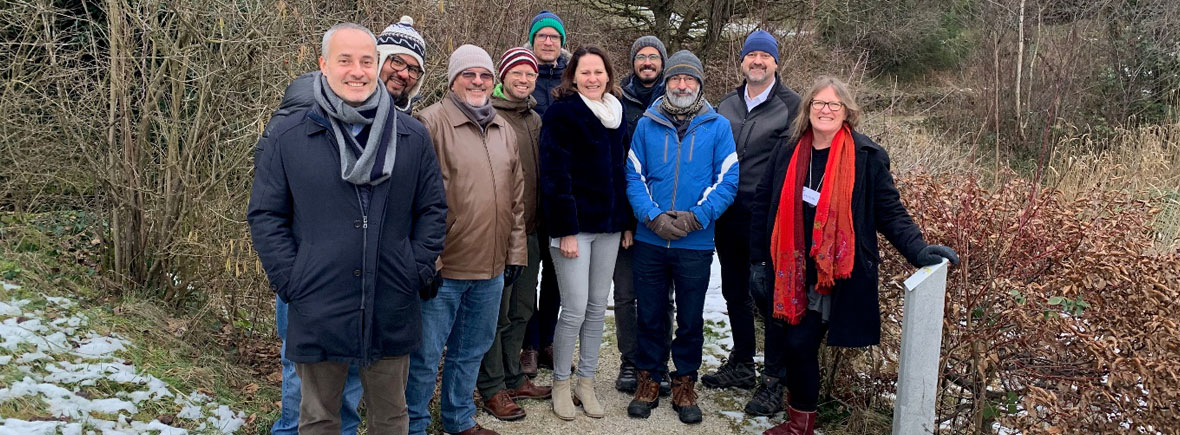Stellenbosch University (SU) is making its mark as a world-renowned provider of conservation training. Prof Karen Esler from the University’s Department of Conservation Ecology recently returned from Gland, Switzerland, where she attended the first post-Covid face-to-face meeting of the IUCN Academy – a collaboration between the International Union for Conservation of Nature (IUCN) and a select group of global academic partners.
In 2021, the IUCN reached out to SU and another six top universities worldwide to help them develop innovative training in the broad field of nature conservation, following a multidisciplinary and integrated approach to the discipline. Consequently, SU, the University of California, Berkeley (United States), Cambridge University (United Kingdom), the University of Campinas (Brazil), Tsinghua University (China), ETH Zürich (Switzerland) and the Australia National University (Australia) signed a memorandum of understanding, and the IUCN Academy was launched in September of that year.
The academy seeks to harness the expertise of its academic partners to help build capacity at key pressure points in support of the goals of the recently adopted Kunming-Montreal Global Biodiversity Framework (GBF). The GBF, adopted at the COP15 climate conference in December 2022, calls for enhanced “communication, education and awareness on biodiversity”, including through partnerships with academia and by “integrating transformative education on biodiversity into formal, non-formal and informal education programmes”.
“I see SU’s participation in the IUCN Academy as a remarkable opportunity to connect the wide-ranging and top-class insights of our local academics to global conservation and restoration theory and practice,” says Karen. “We should be very proud that the IUCN has sought us out for this global initiative, and I am excited not only to contribute, but also to feed new lessons and insights back into our own environment.”

